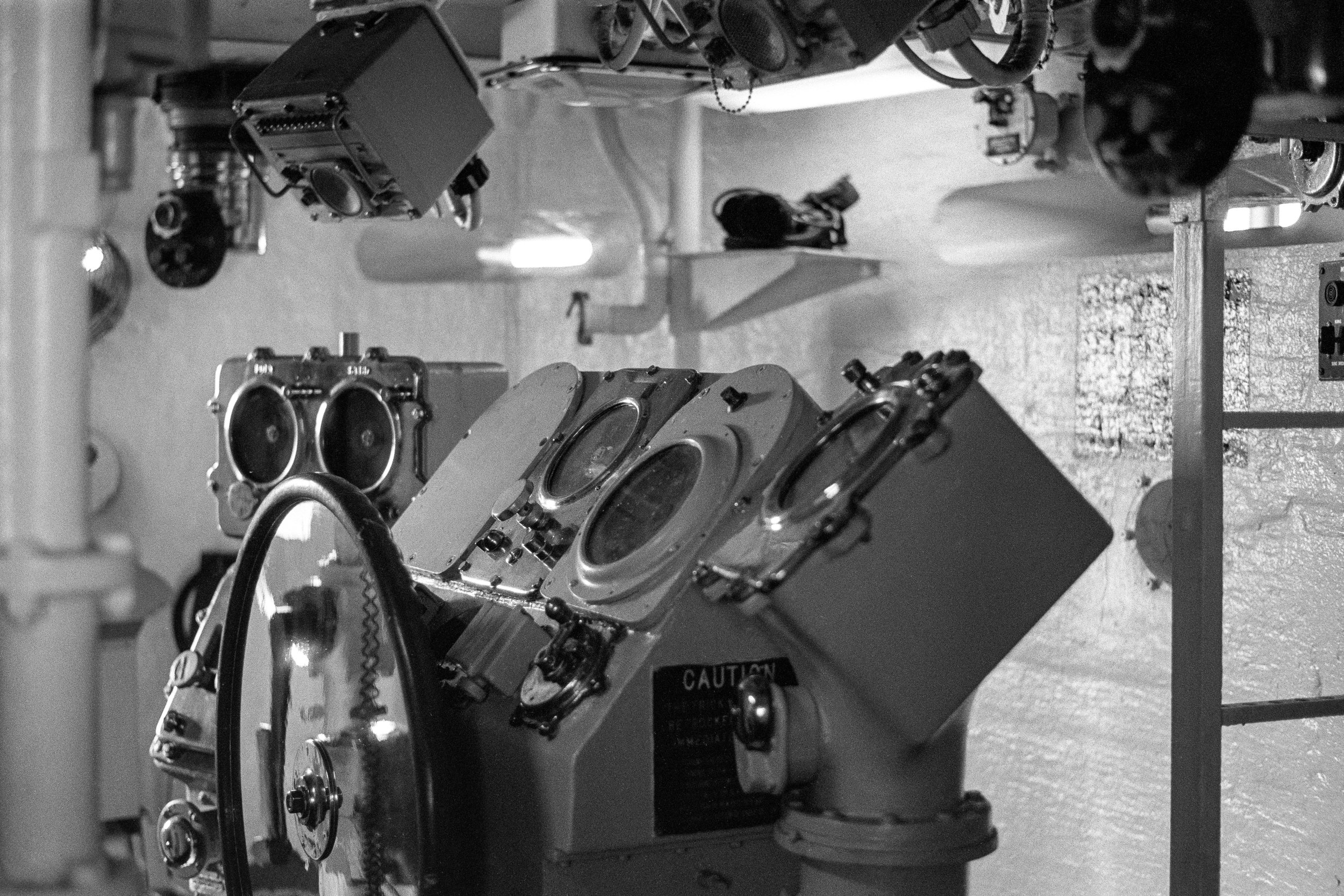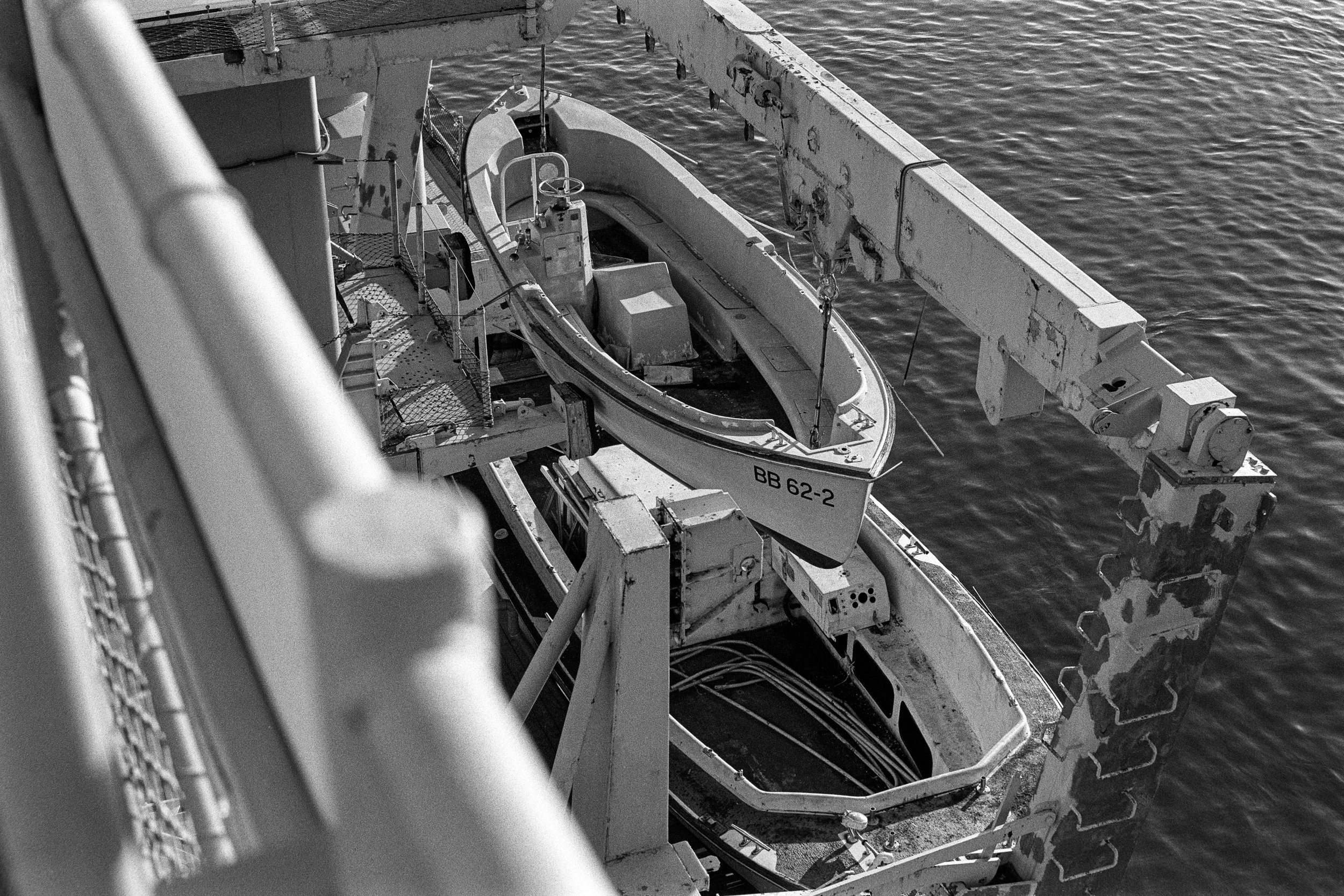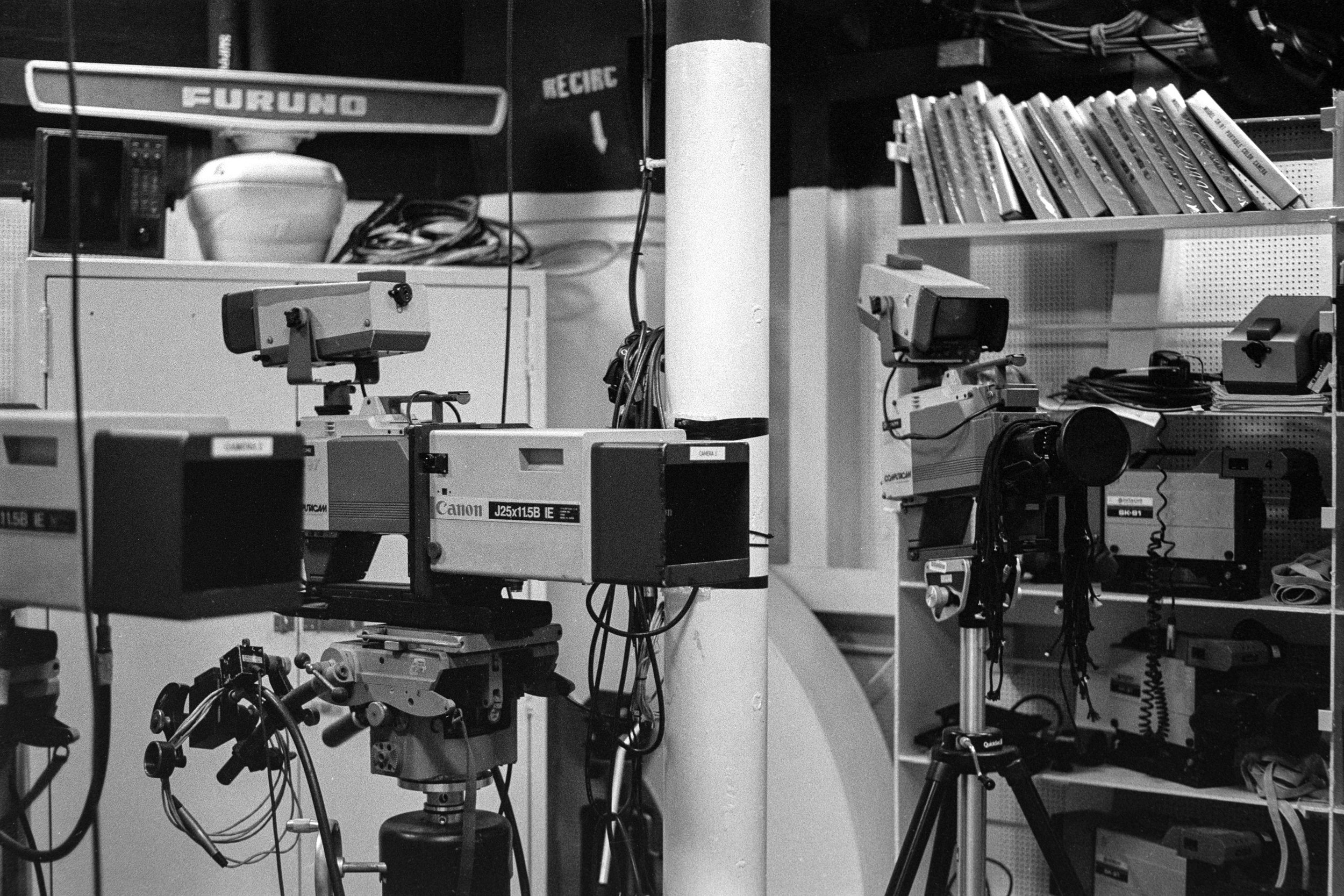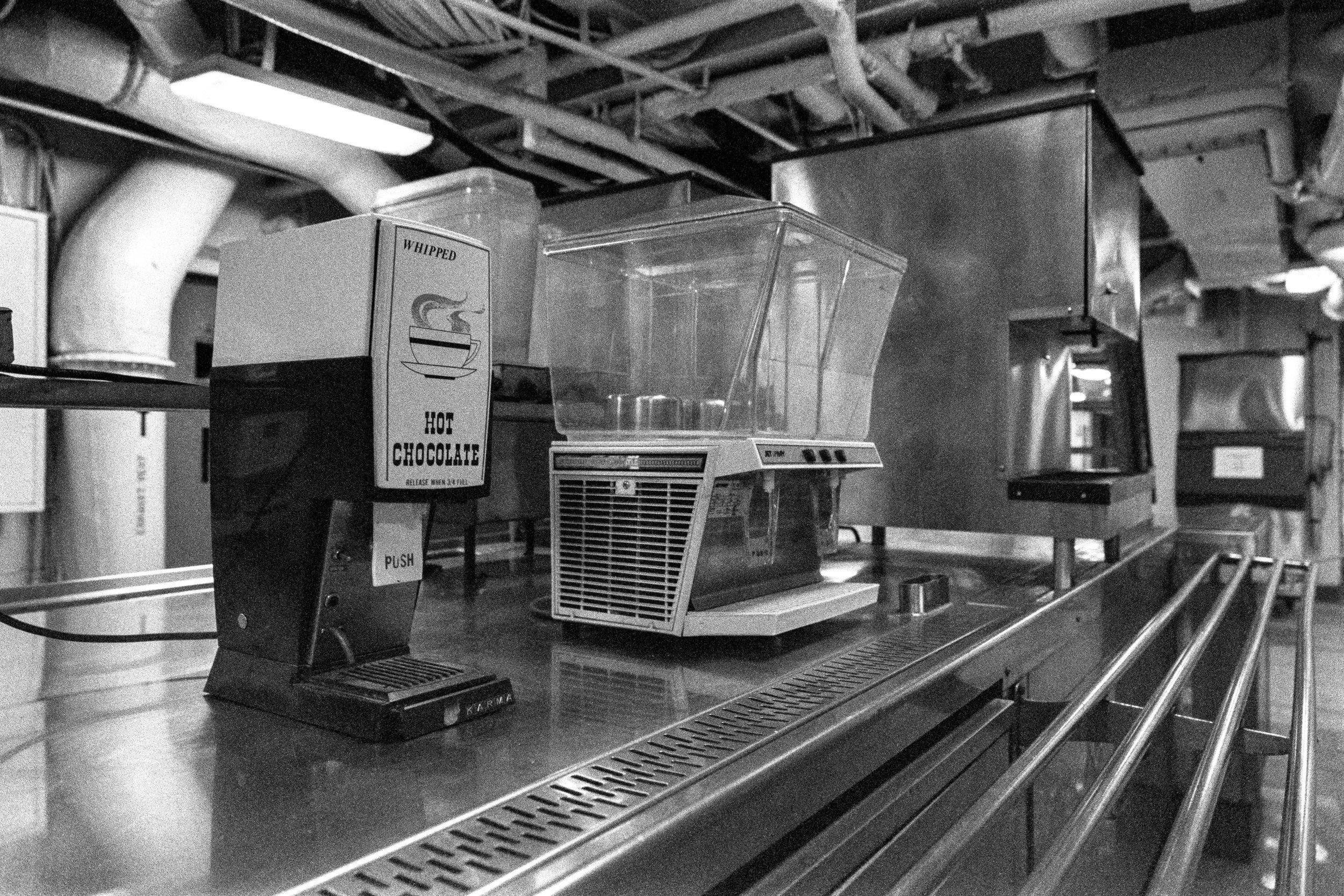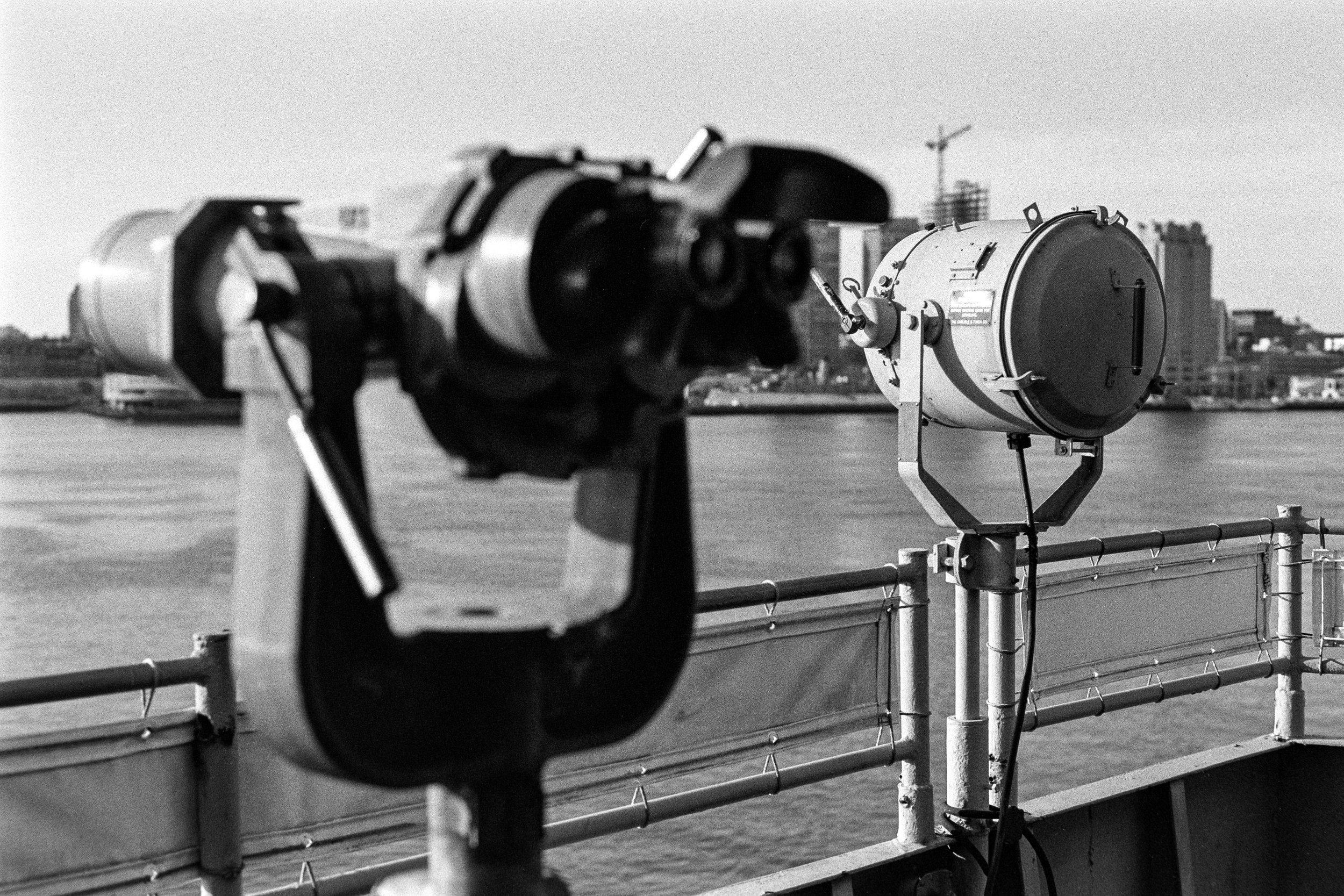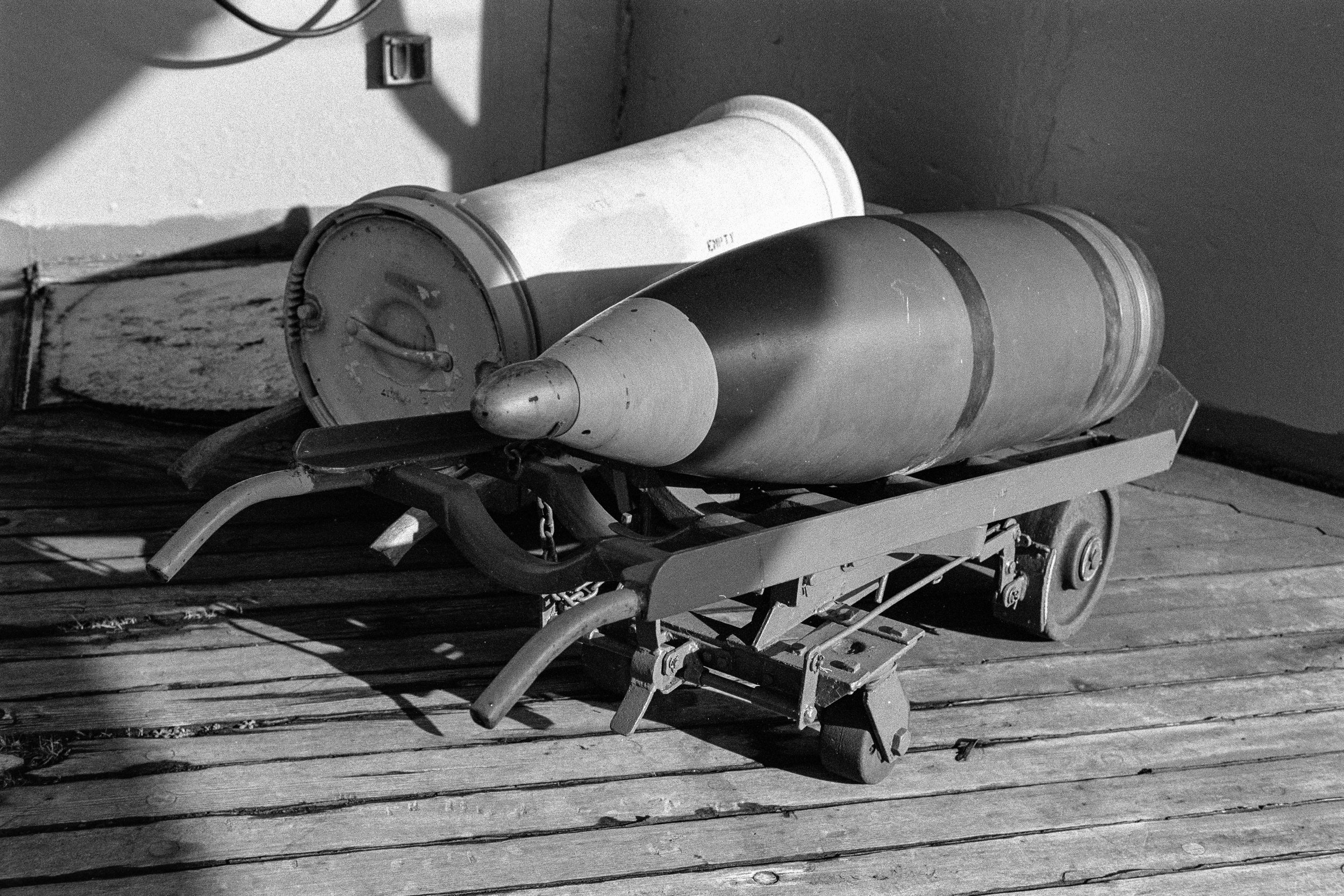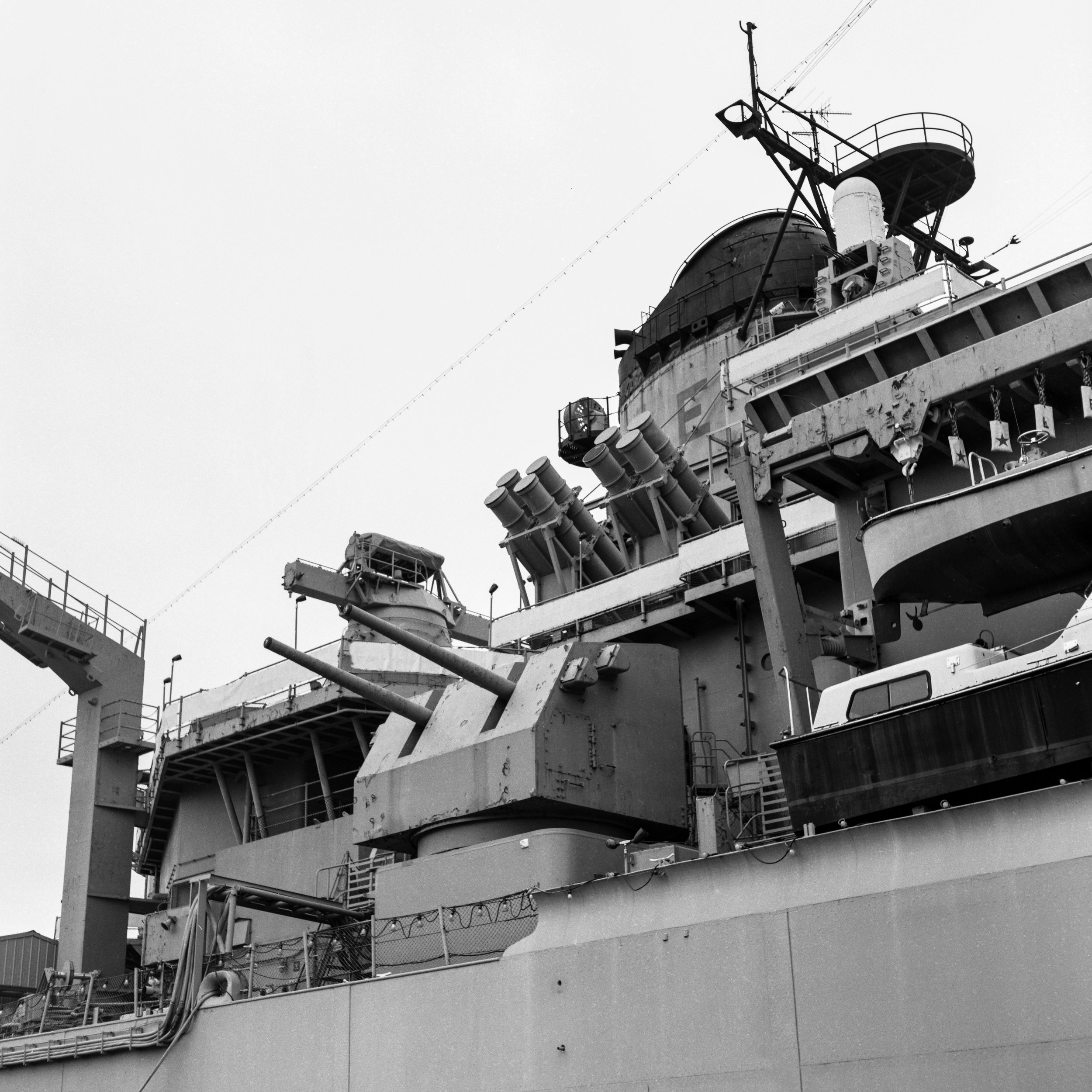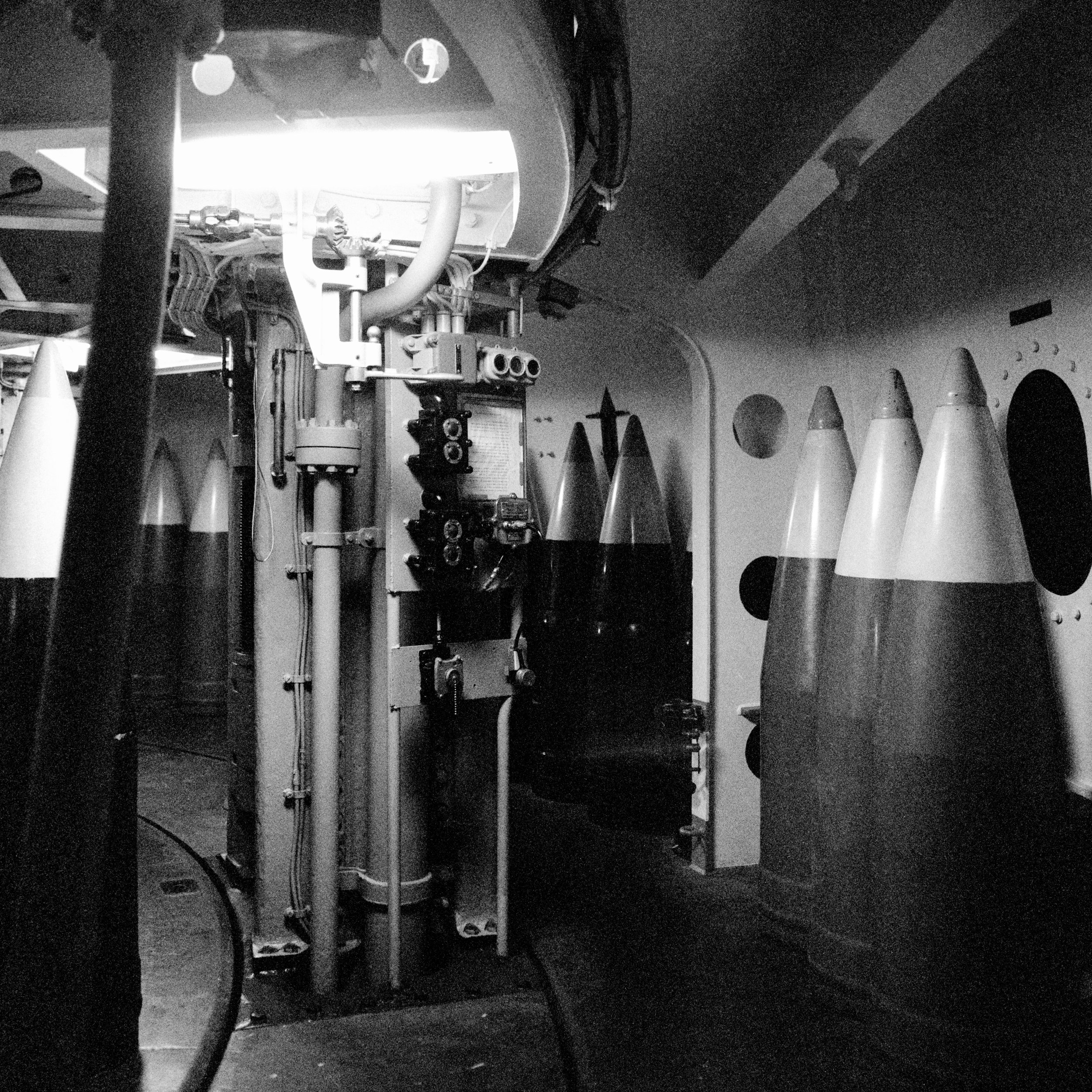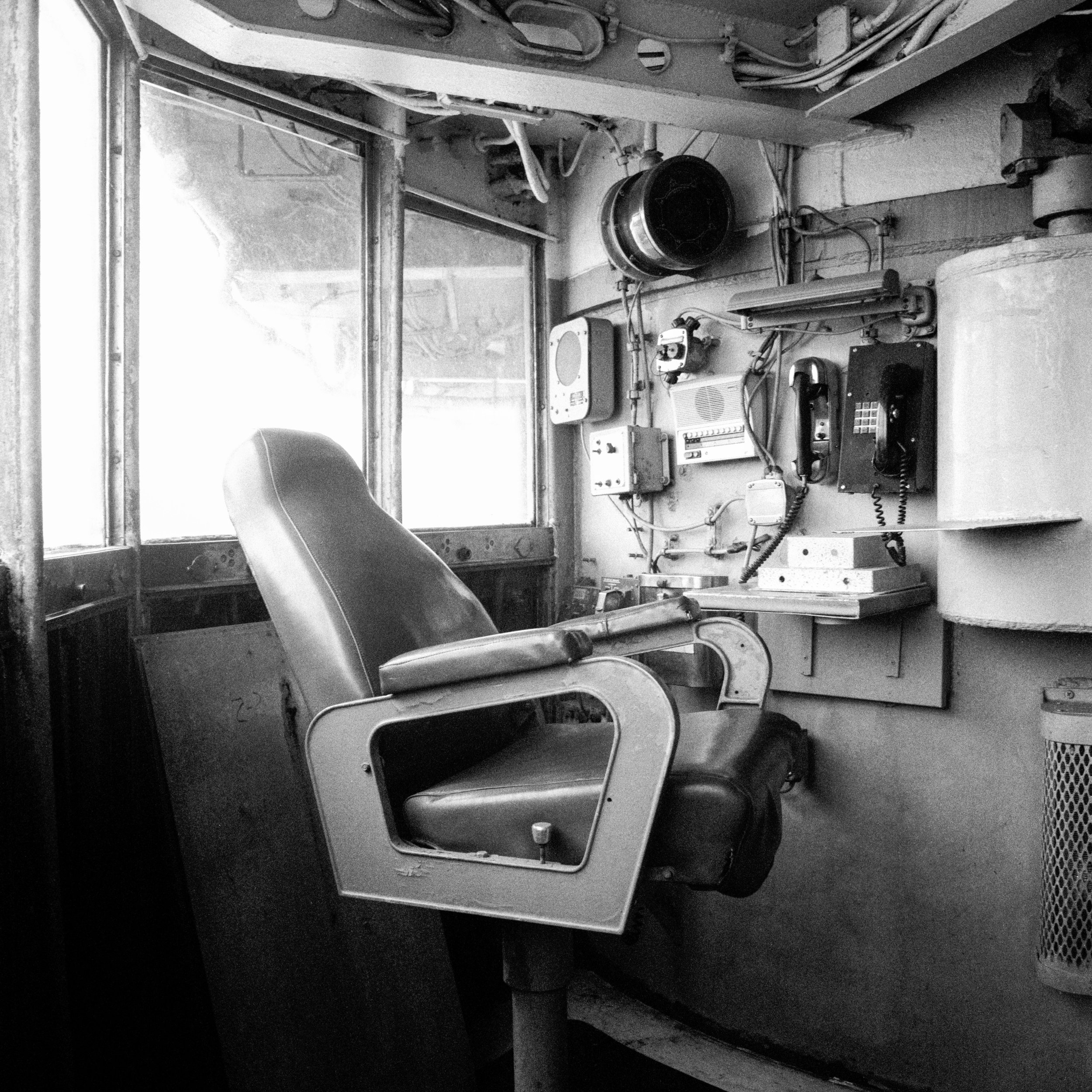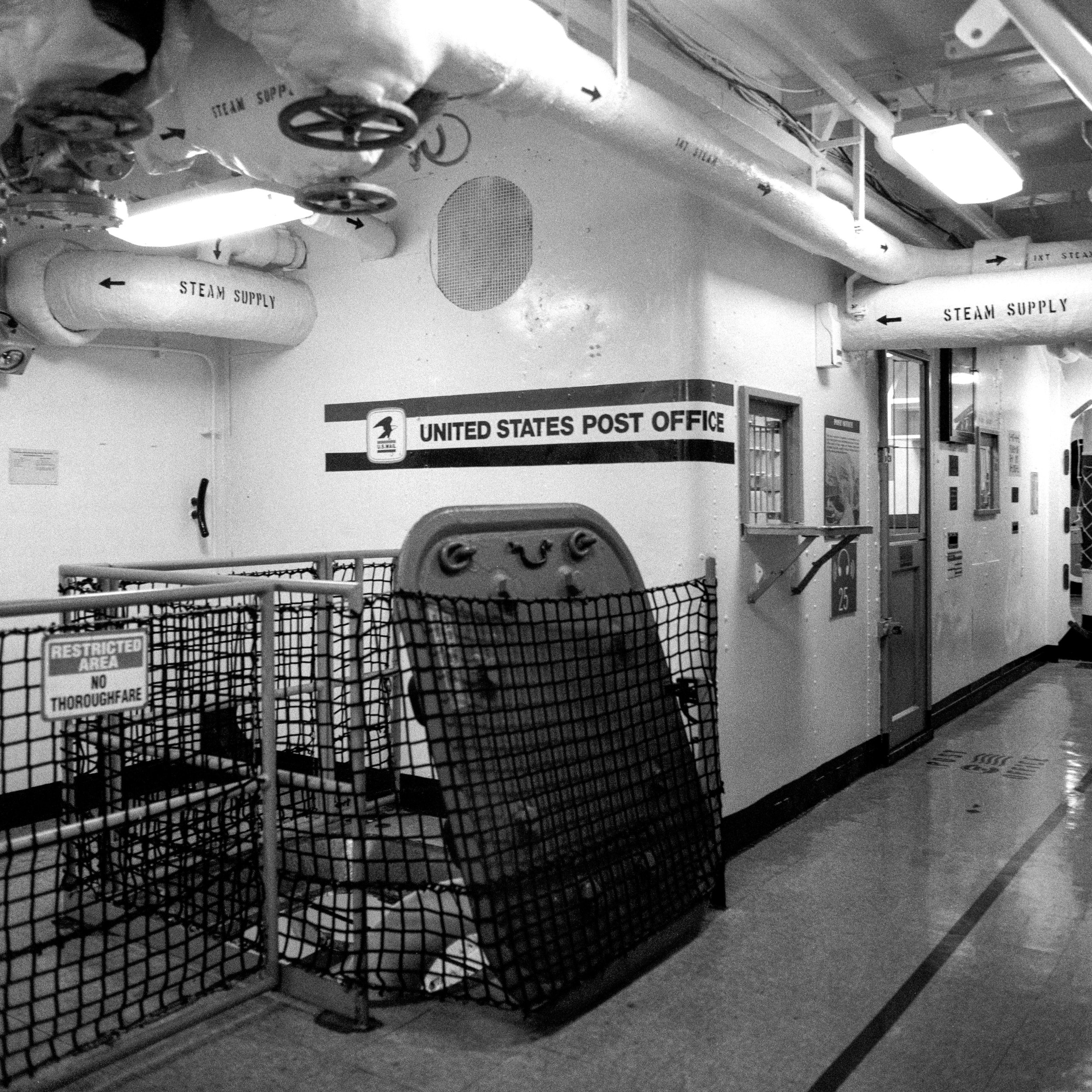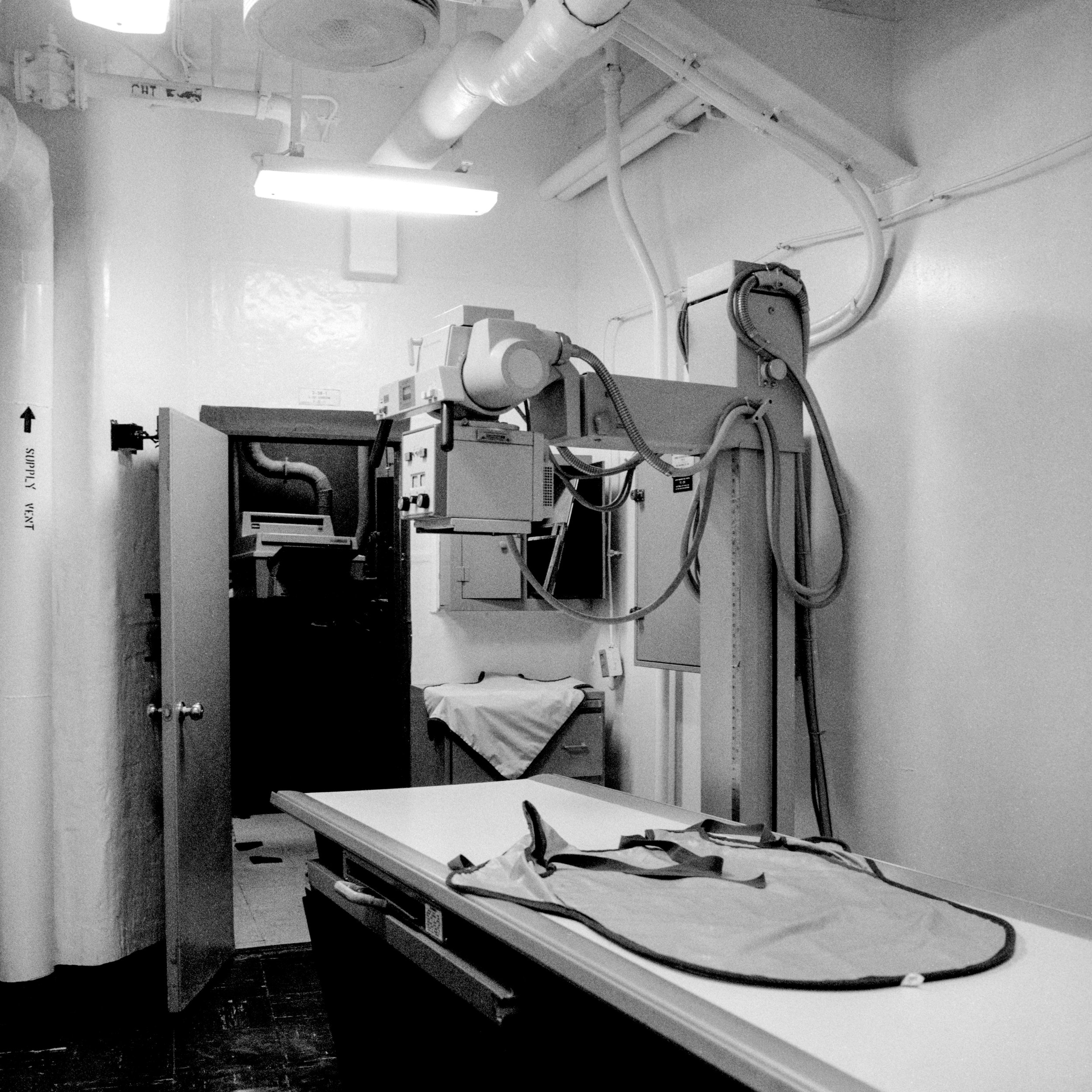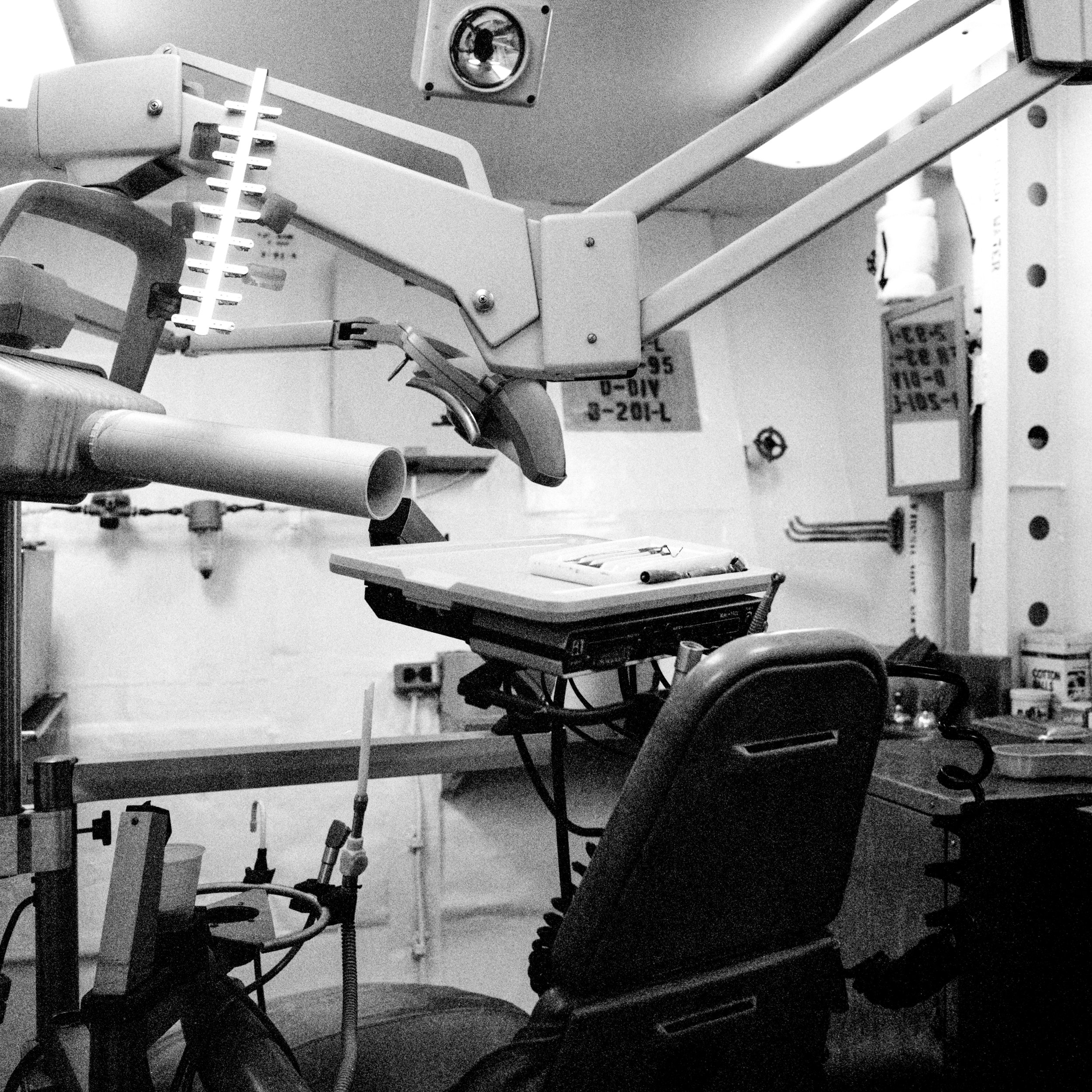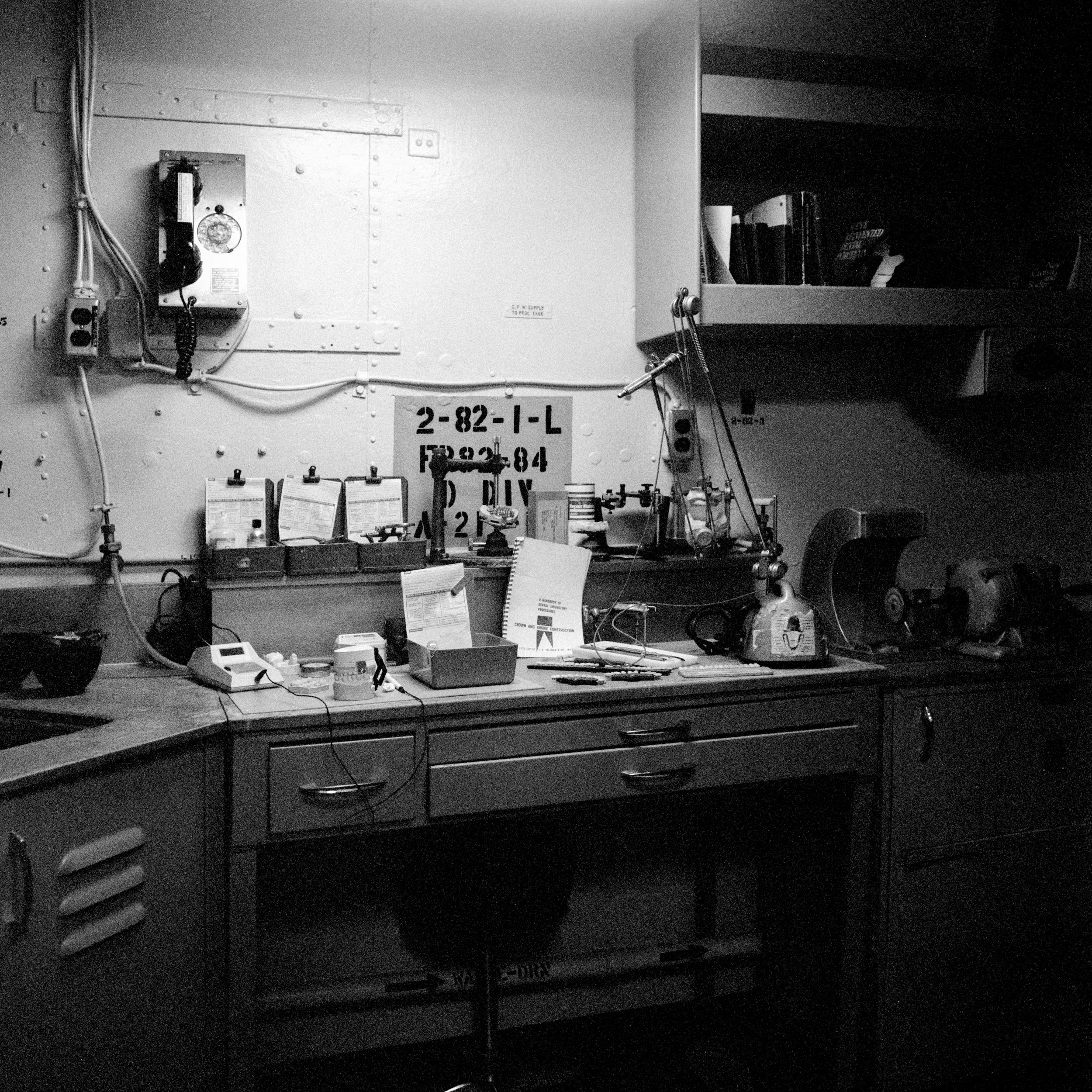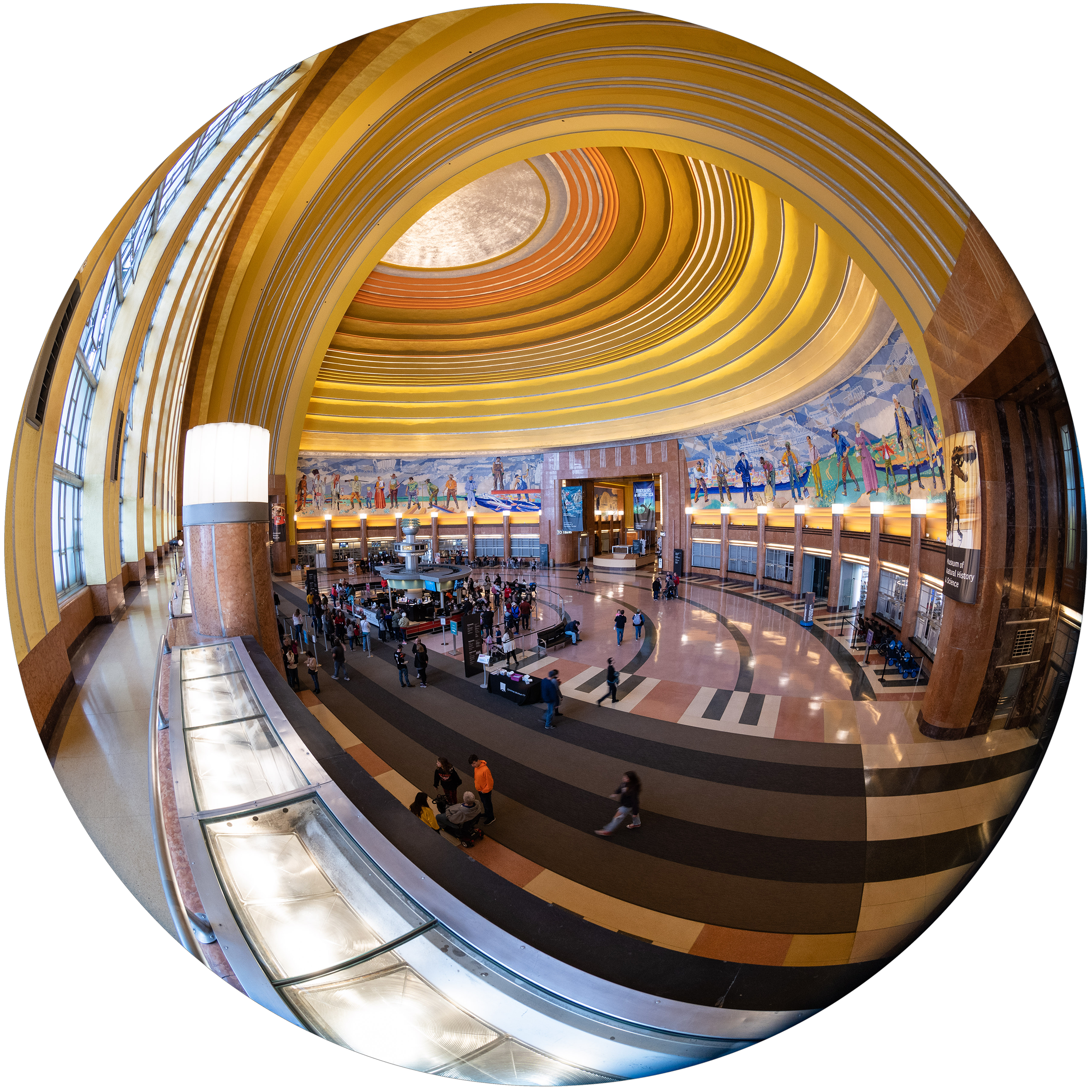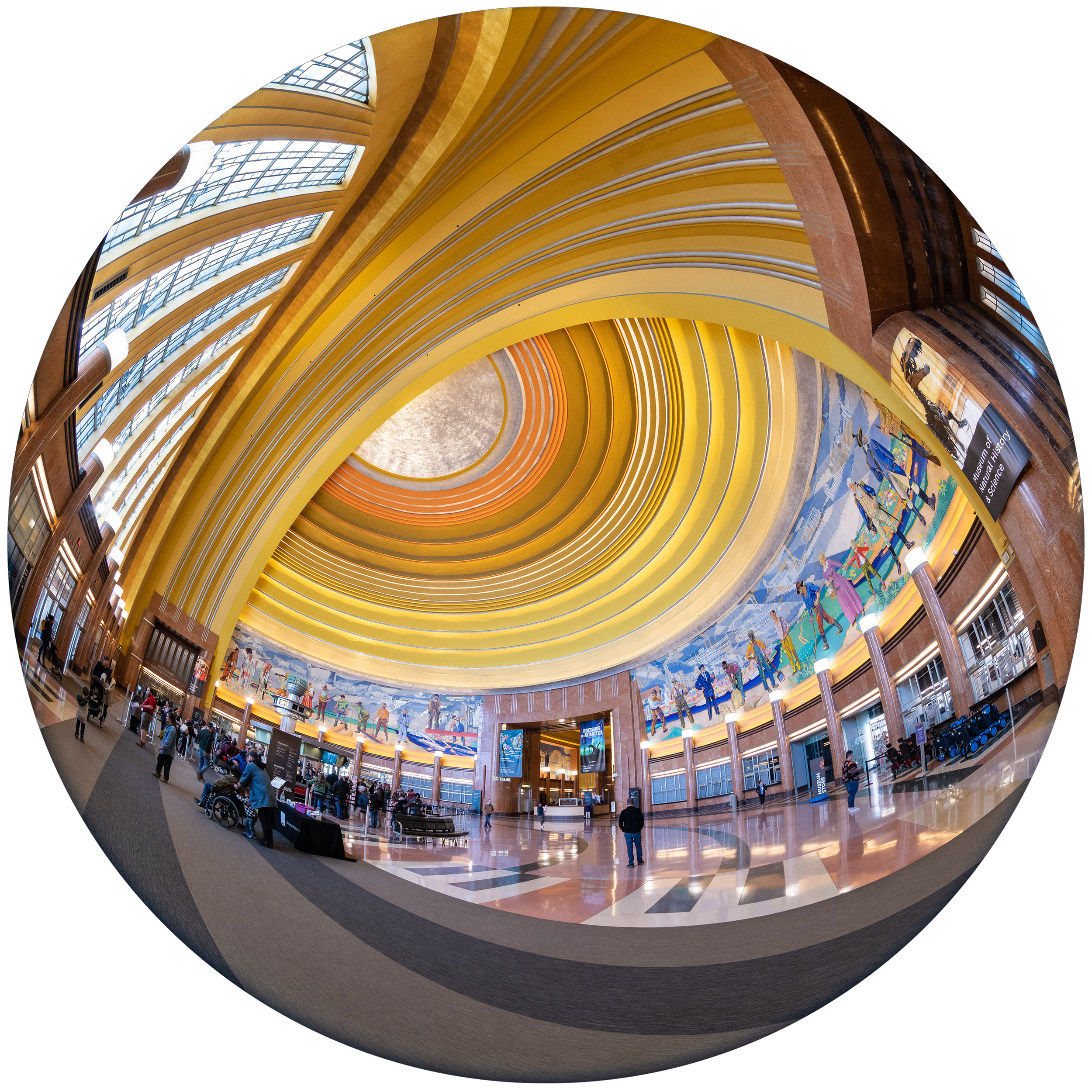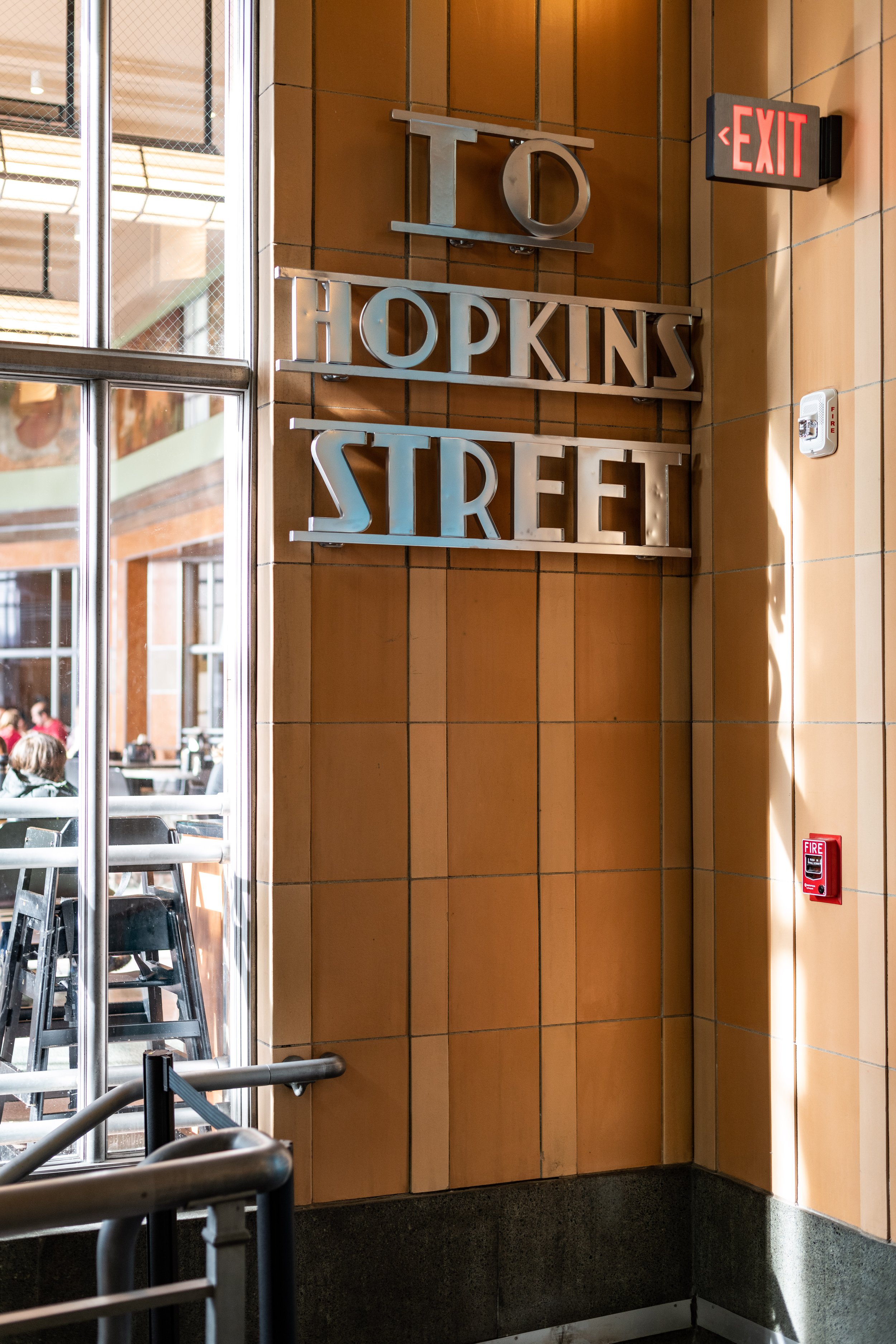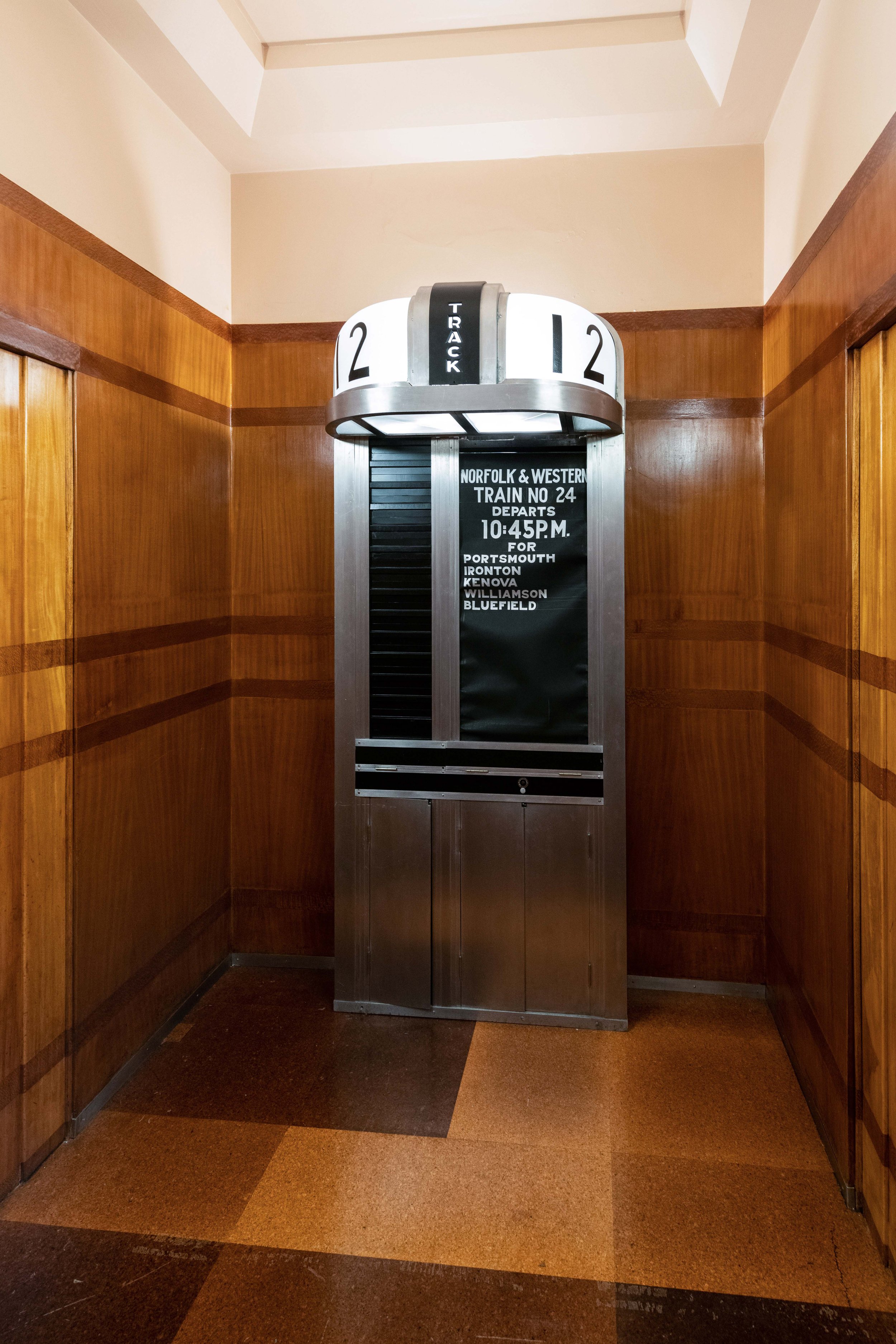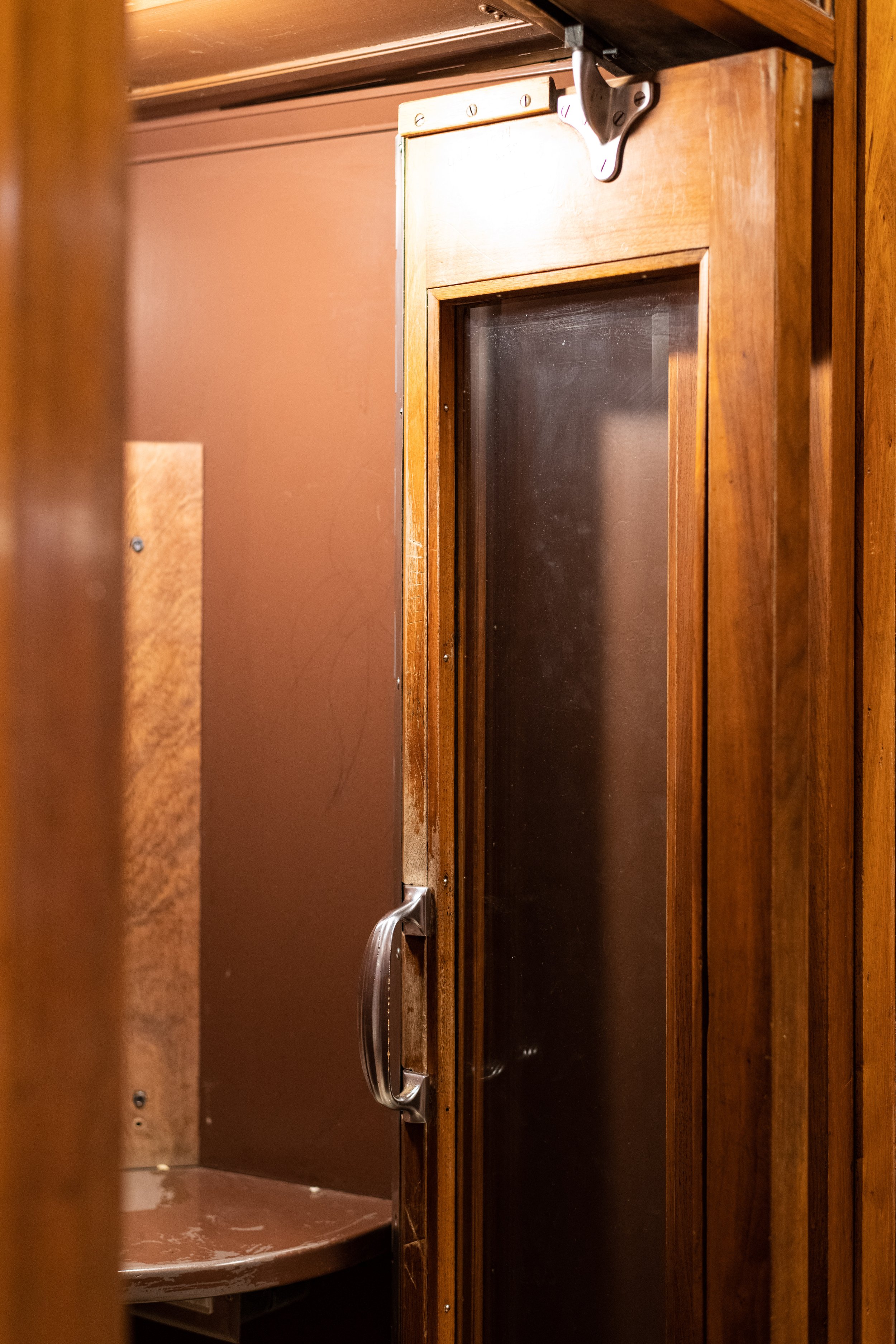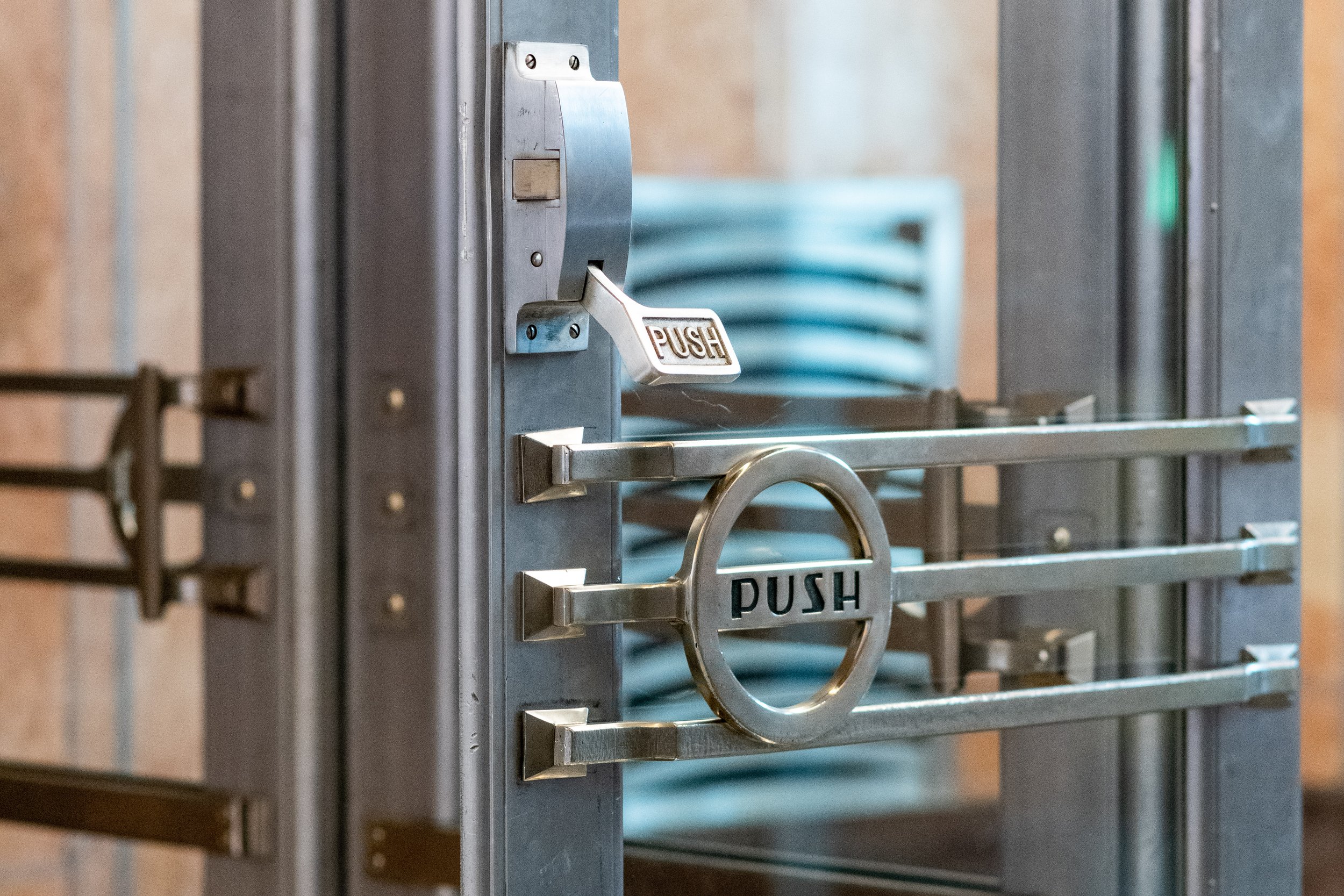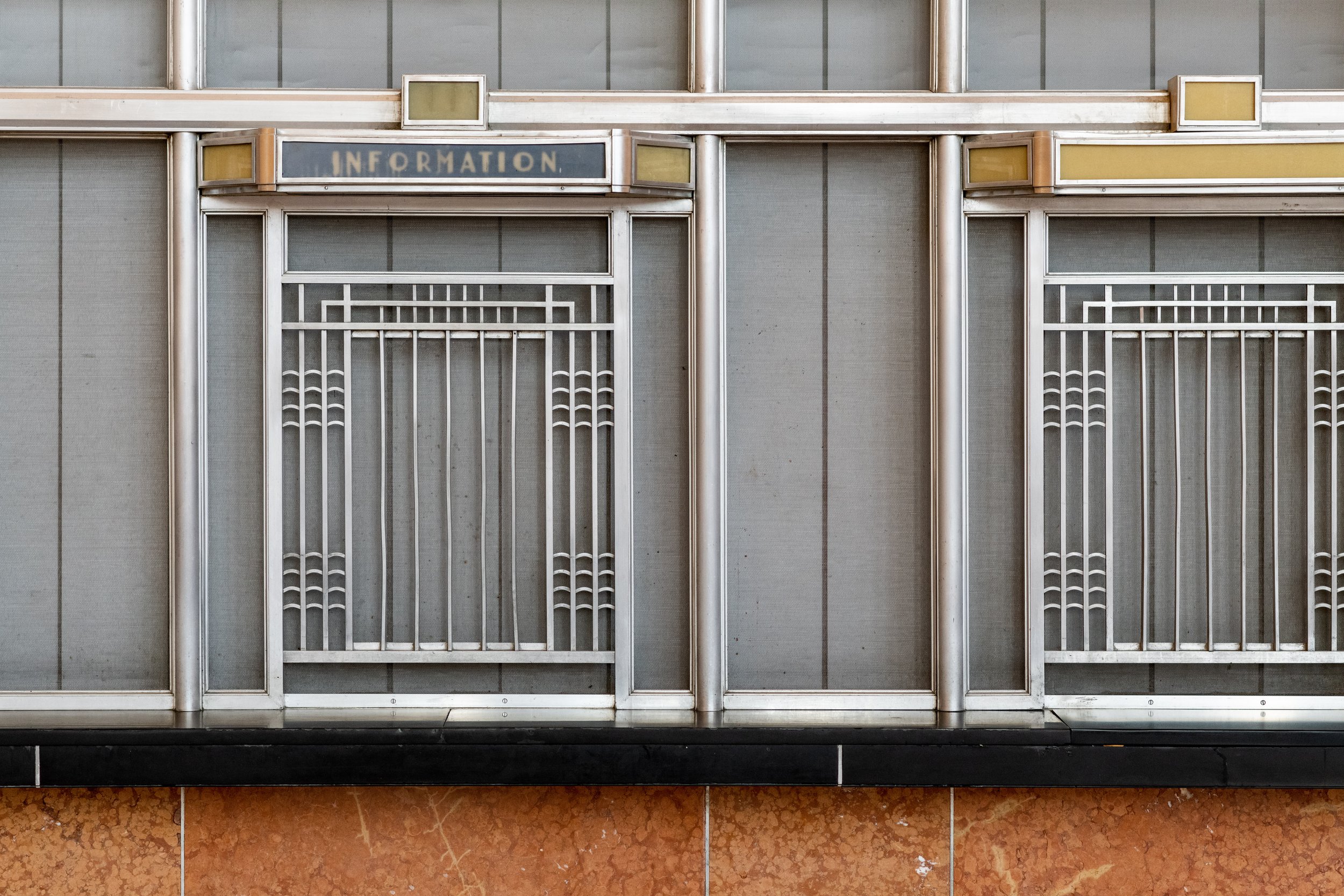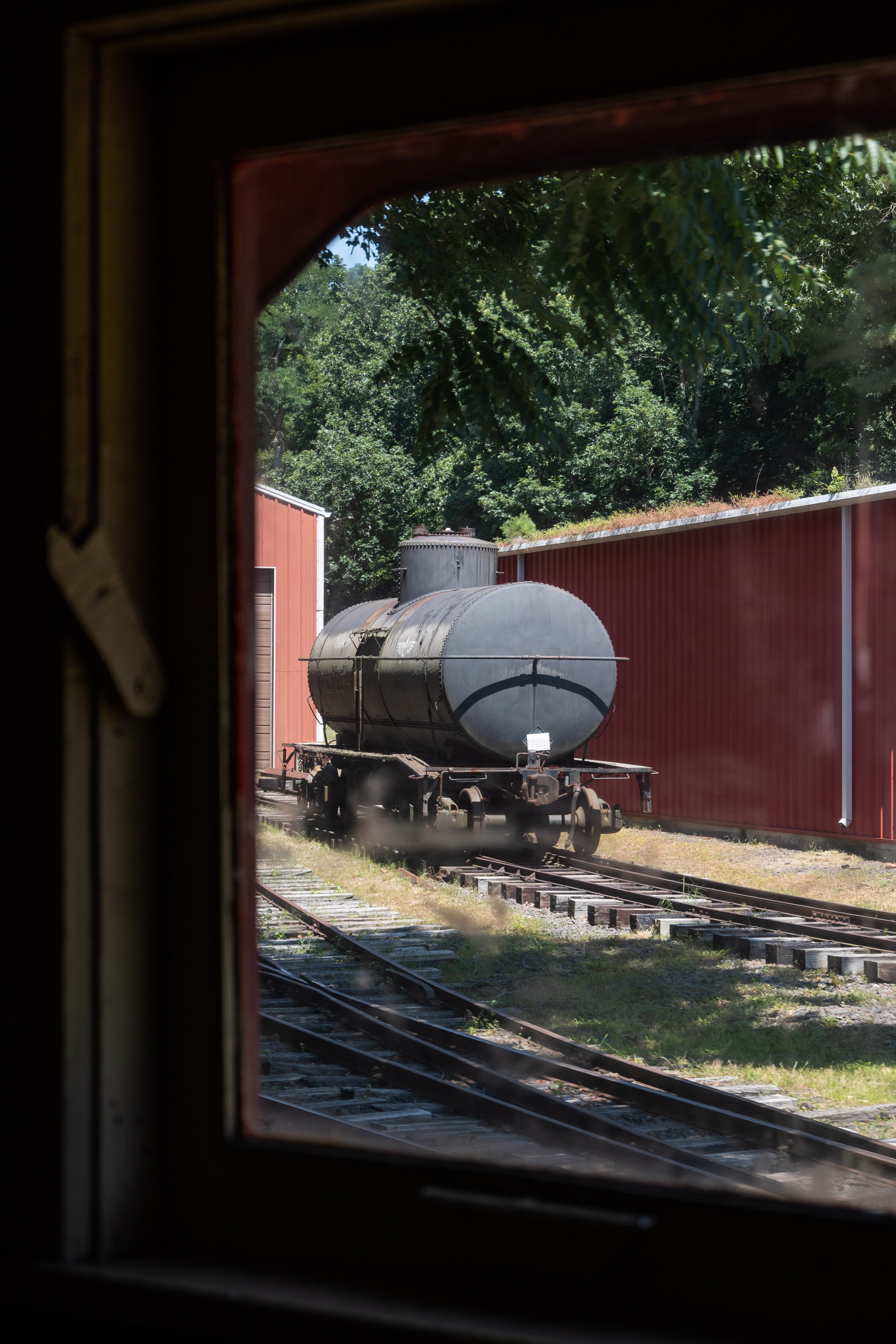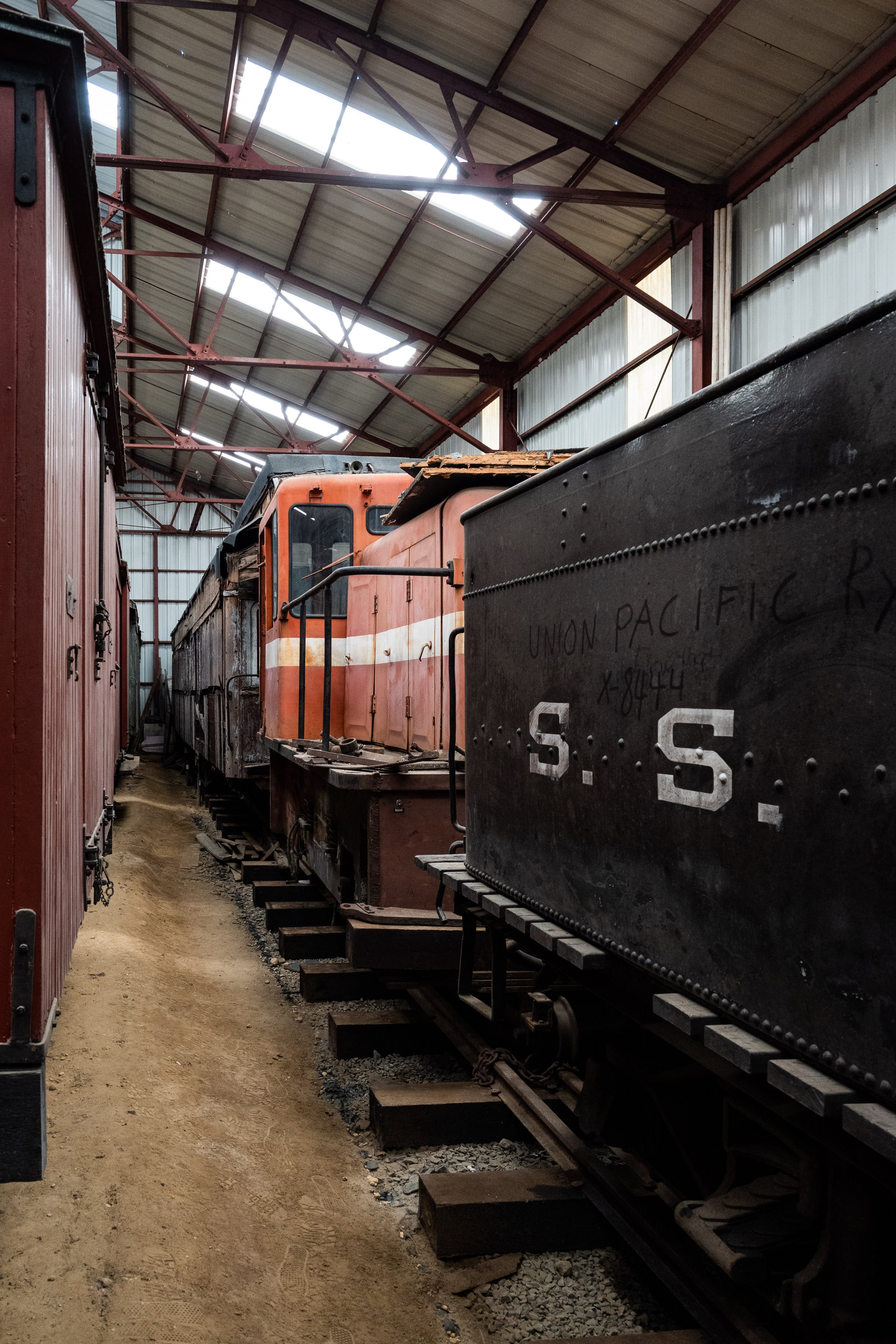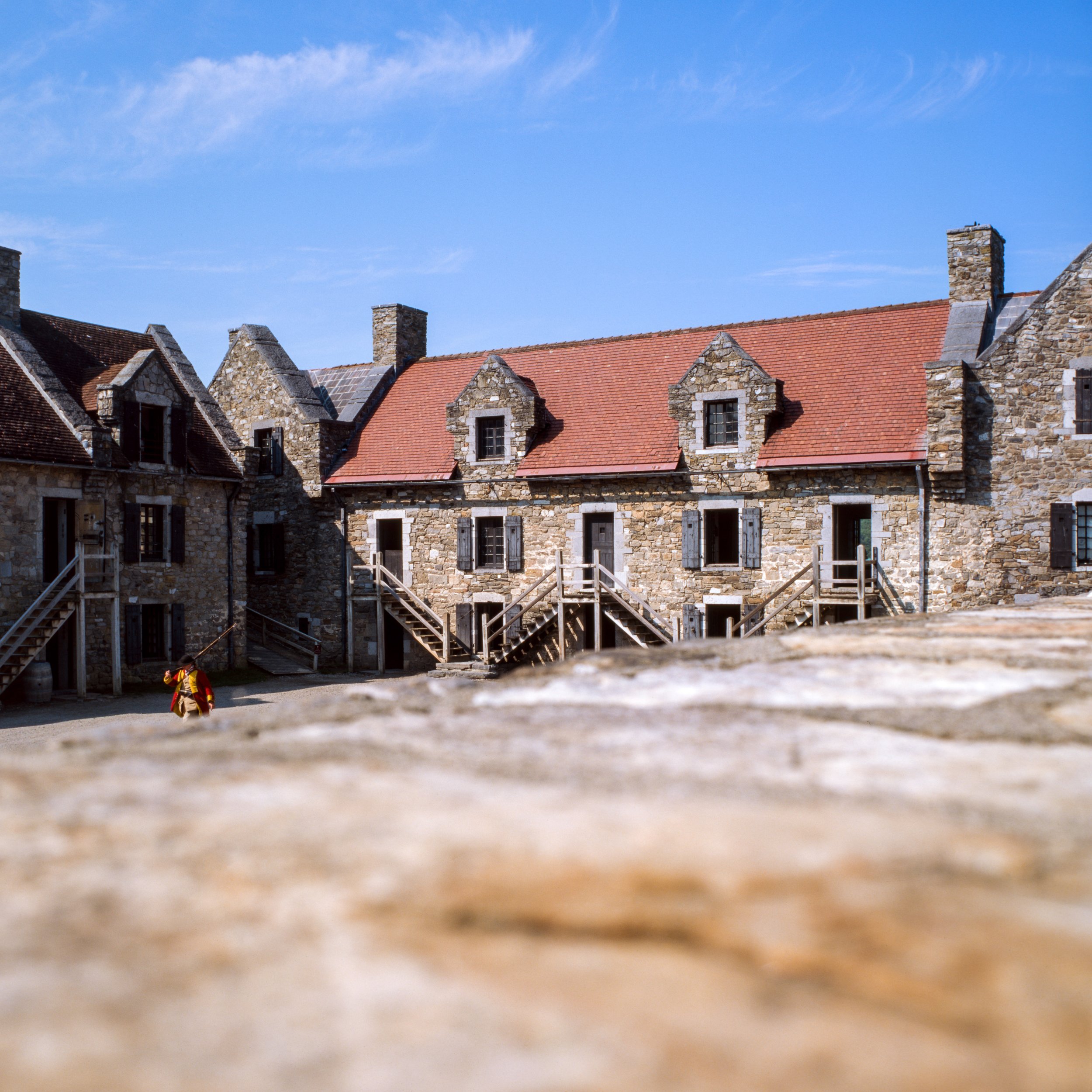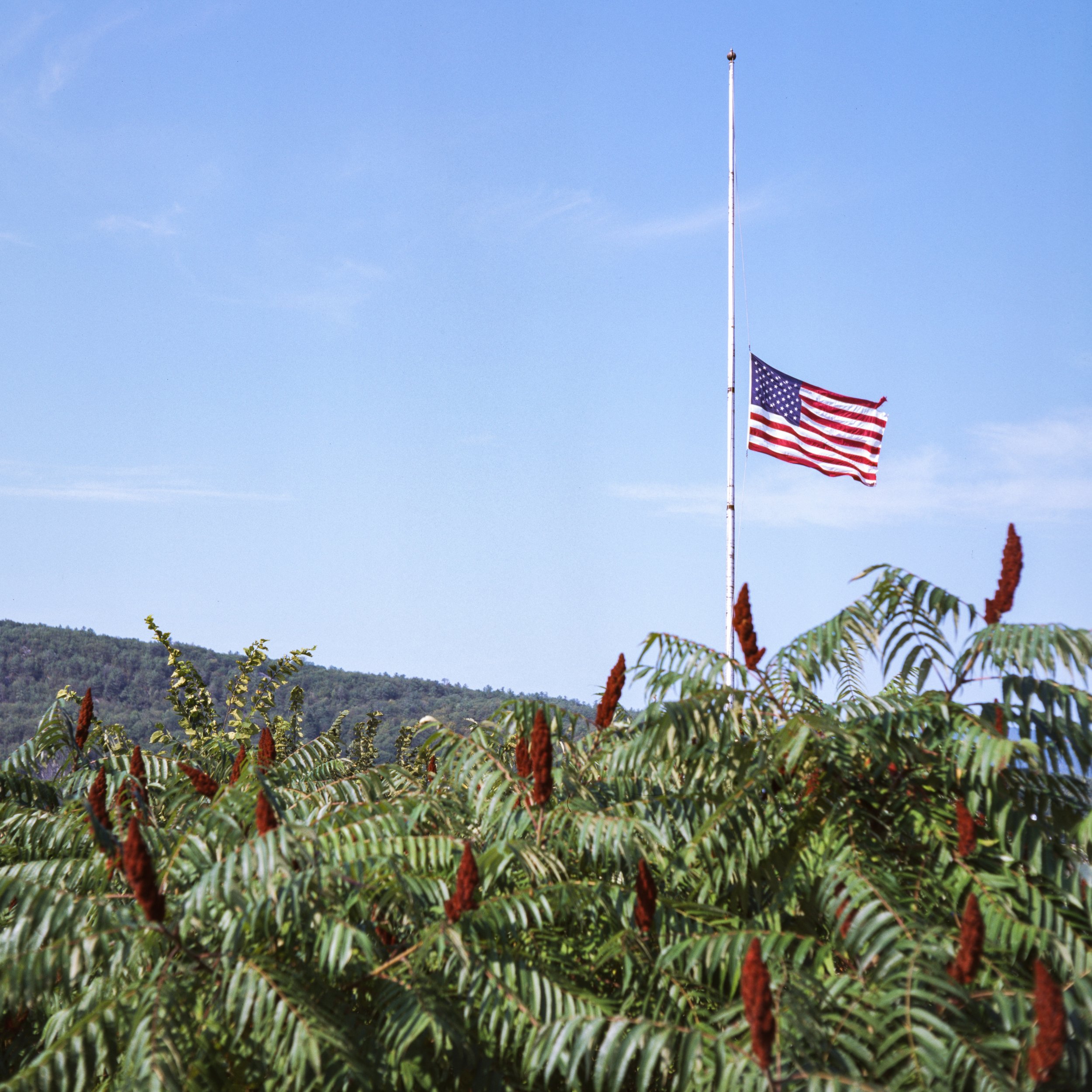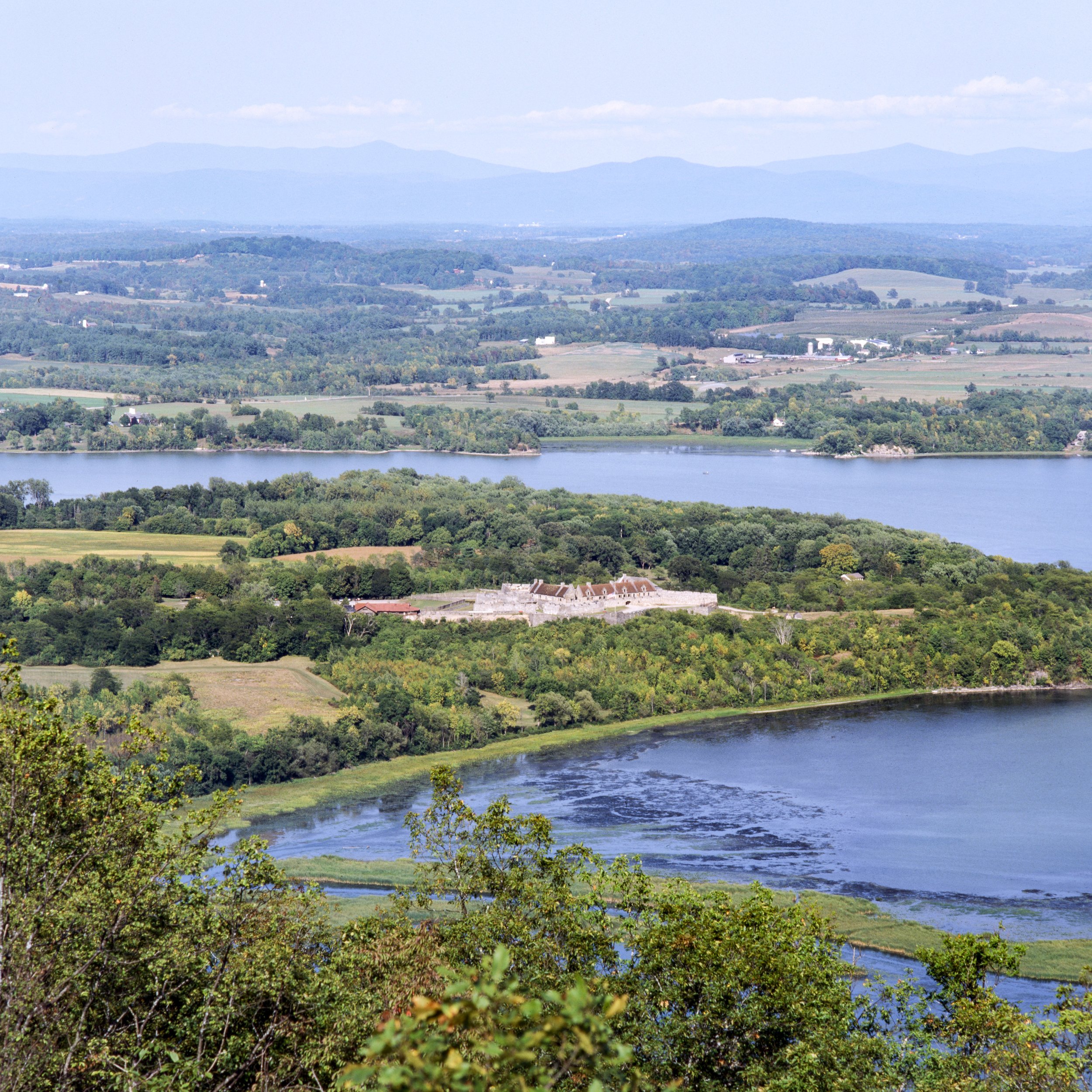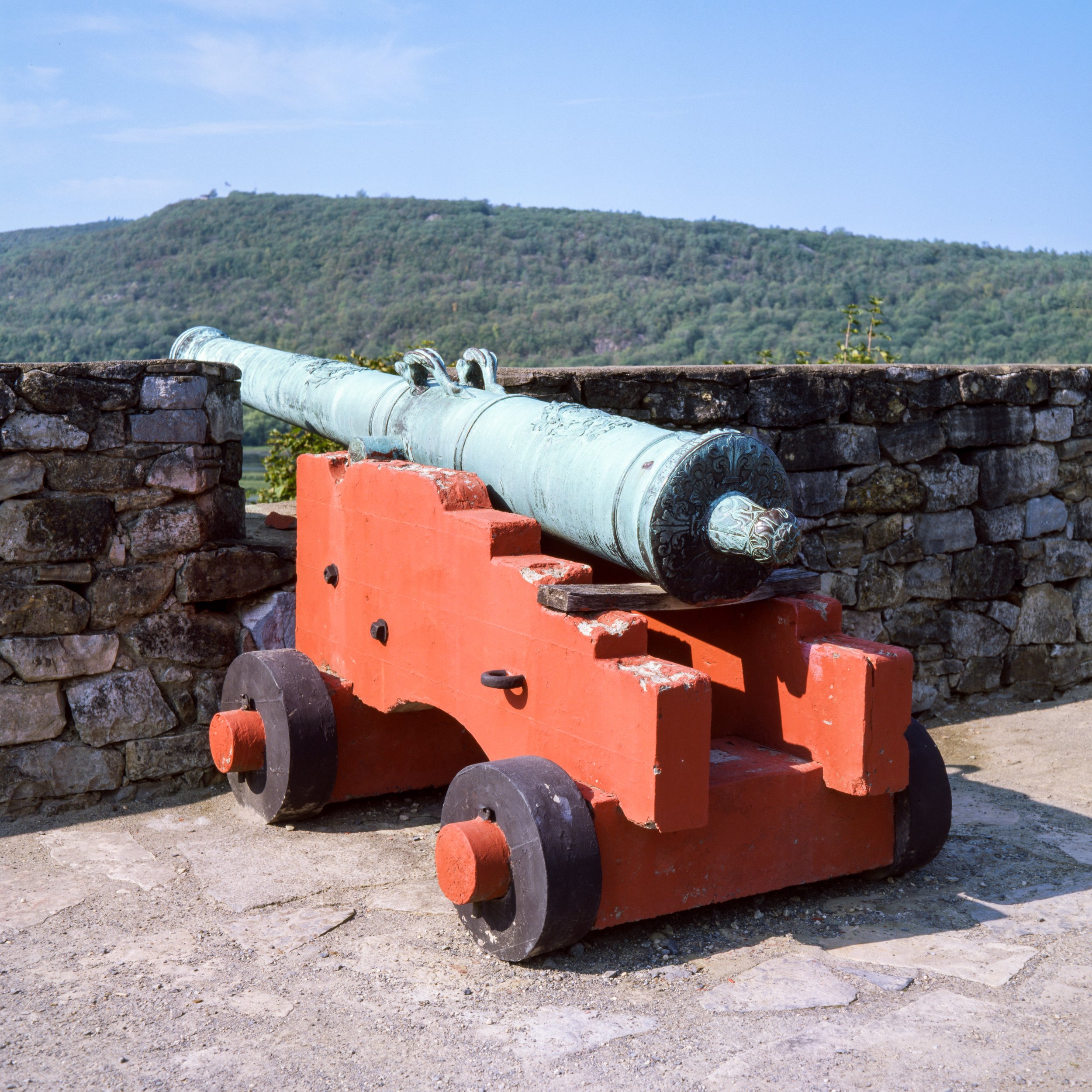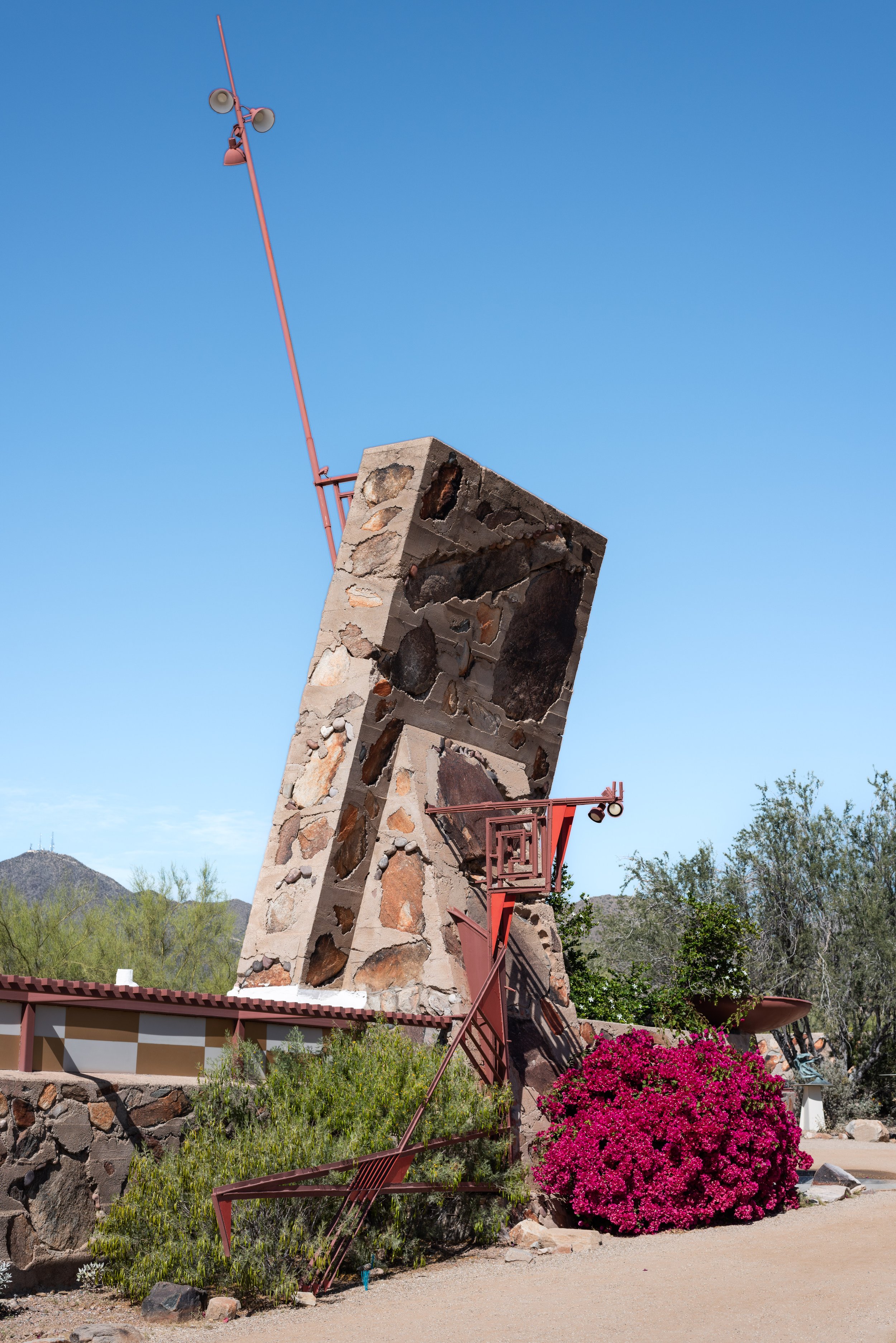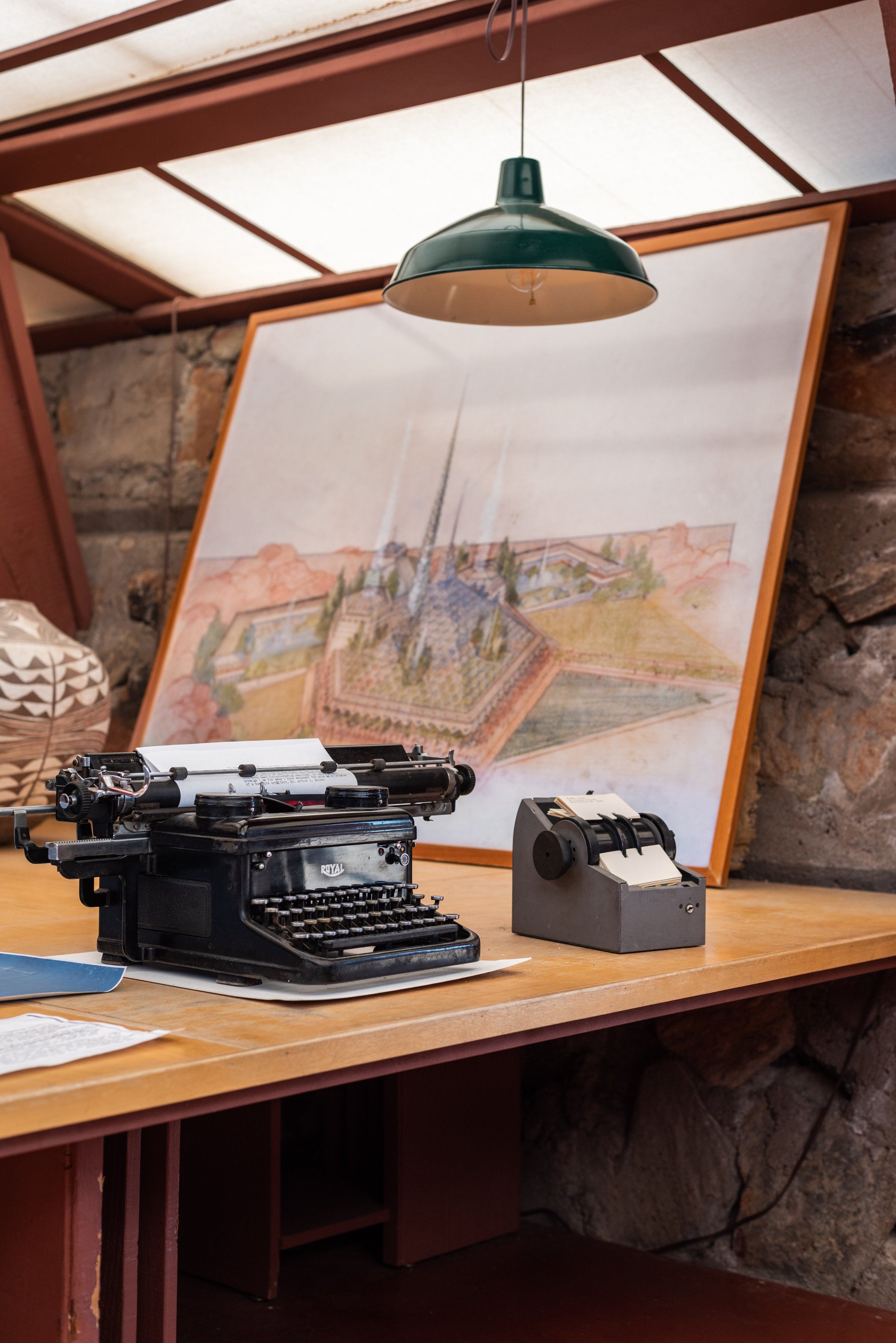Sometimes the project you have in mind just doesn’t work out, and it can be tough to let go. Whether it comes down to a matter of timing, lack of resources, or just a loss of motivation, it’s important to recognize when you’re spinning your wheels. The images you see here are what’s left of a canceled project focused on the Battleship New Jersey. I burned through two rolls of 120 Ilford Delta 3200, one roll of 120 Ilford FP4 Plus, two rolls of 35mm Kodak P3200, and one roll of 35mm Ilford FP4 Plus before I decided it was time to switch gears to a new project.
With limitless ideas and limited time, I have to prioritize the projects I work on. My main gallery projects on the “Work” page of this site usually involve in-depth research, travel, or otherwise extraordinary expenditures of effort to complete. They can take anywhere from a few months to over a year to document between shooting, researching, and editing. For example, I’m just now wrapping up research for an upcoming gallery project covering Endicott Johnson’s legacy in the Triple Cities - a project which I started in Spring 2022 and have been researching ever since. Blog posts are more focused on smaller subjects, things which I can shoot in a weekend or where the history is readily available.
So how did this failed project begin in the first place? Well I regained interest in the Battleship New Jersey through the museum’s YouTube channel. Like many potential projects, I jumped straight into the research without pre visualizing the end result. I soon realized that no matter how much research I did, I’d never be able to document anything about the battleship that the YouTube channel hadn’t covered. I like to focus on the obscure and interesting history that can be hiding in plain sight, and a battleship isn’t exactly “hidden or obscure history”.
Shooting more film is never a bad thing, and any chance to practice composition in the field leads to better pictures in the future. My Mamiya C22 and F6 had been (figuratively) collecting dust in my dry cabinet since the summer, and I did get to explore every inch of the tour route on my many visits to the battleship. The lesson to be learned here is it’s ok to pull the plug on a project before you finish it. Enjoying the process of shooting film and improving your technique is just as important to becoming a better photographer, even if the end result doesn’t work out as planned.

